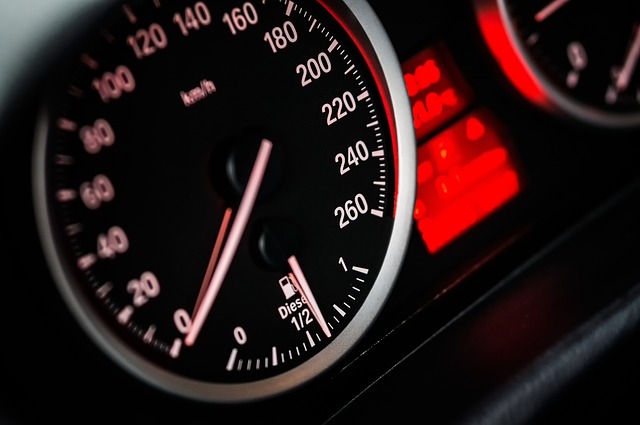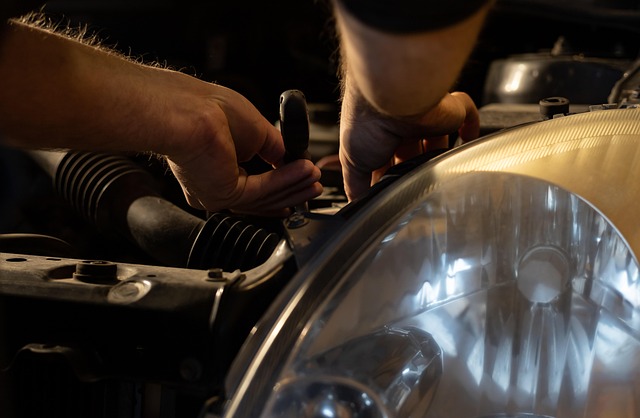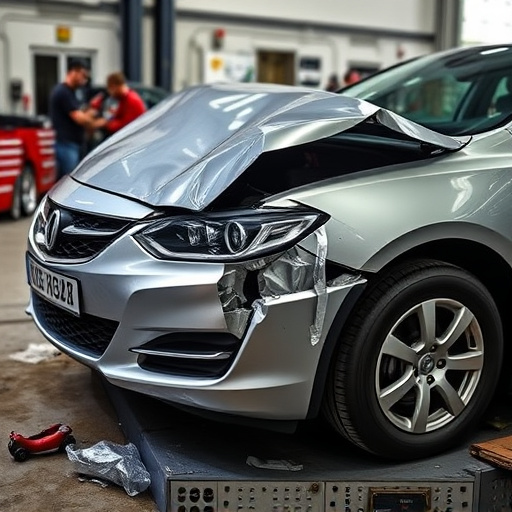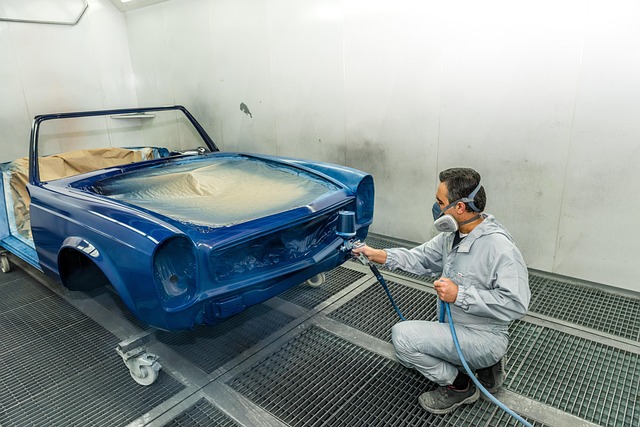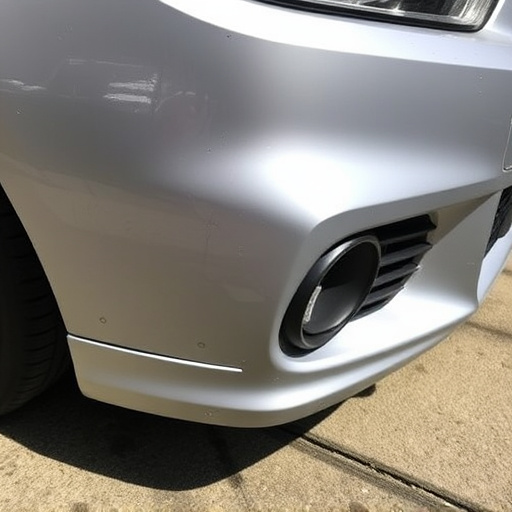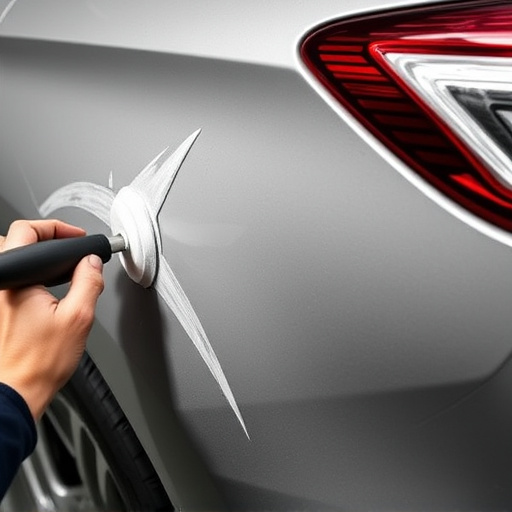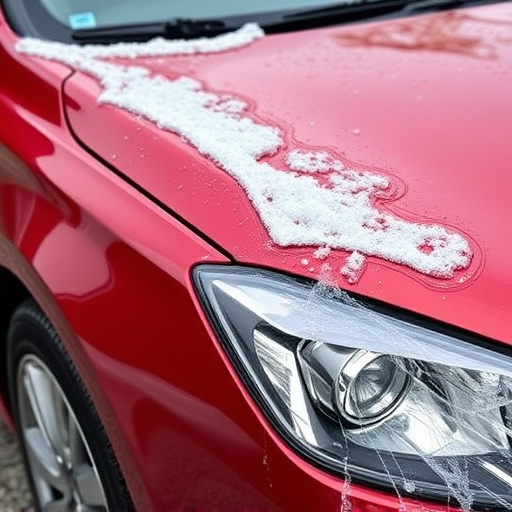Diagnostics are crucial in accident repair, forming the basis for precise and efficient accident repair estimates. Skilled technicians conduct comprehensive inspections using advanced tools to identify both visible and hidden damage across a vehicle's intricate systems. This meticulous process ensures all repair needs are considered, differentiating necessary repairs from cosmetic enhancements to prevent unnecessary work and costs. A robust diagnostic approach builds customer trust in the repair process and resulting estimates. Integrating diagnostic data into accident repair estimates enhances accuracy and efficiency, utilizing modern tools like sensor readings and CAD reports for detailed insights, thereby saving time, resources, and promoting fair pricing, boosting customer satisfaction and ethical industry practices.
In the intricate world of auto diagnostics, the role of comprehensive assessments is pivotal to finalizing accurate accident repair estimates. This meticulous process ensures that every damaged vehicle receives the precise restoration it deserves. From identifying hidden anomalies to quantifying repairs, diagnostics serve as the cornerstone for efficient and effective accident repair estimates. By integrating detailed data, repair technicians can navigate complex scenarios, ultimately delivering superior outcomes and enhancing customer satisfaction.
- Understanding the Importance of Diagnostics in Accident Repair
- The Process of Conducting Comprehensive Diagnostics
- Integrating Diagnostic Data into Repair Estimates Accurately
Understanding the Importance of Diagnostics in Accident Repair

In the intricate process of accident repair, diagnostics play a pivotal role, acting as the cornerstone for accurate and efficient estimation. The initial step in any vehicle repair journey is a thorough inspection, where skilled technicians utilize advanced diagnostic tools to assess the extent of damage. These tools go beyond mere visual examinations, delving into the complex network of sensors and systems within the car. By interpreting data from these diagnostics, repair specialists can identify hidden issues, ensuring every aspect of the vehicle is considered during the repair process. This meticulous approach is crucial for generating precise accident repair estimates, as it accounts for both visible and underlying damage.
Moreover, modern diagnostic capabilities enable technicians to differentiate between necessary repairs and cosmetic enhancements. For instance, advanced scanning tools can pinpoint system failures or performance issues that might require auto body painting or vehicle repair services. This precision prevents unnecessary work, saving time and money while ensuring the car is restored to its pre-accident condition. As customers seek reliable car body shop solutions, a comprehensive diagnostic approach becomes an essential differentiator, fostering trust in the repair process and the final estimate.
The Process of Conducting Comprehensive Diagnostics

The process of conducting comprehensive diagnostics is a meticulous art in the realm of accident repair estimates. It involves a systematic evaluation of a vehicle’s damage, requiring skilled technicians to employ advanced tools and techniques. This intricate procedure begins with a thorough inspection, where every angle and component are scrutinized for signs of impact. By integrating cutting-edge diagnostic software, collision centers can accurately identify damaged areas, ranging from crumpled panels in vehicle paint repair to complex mechanical systems.
Technicians then delve deeper, utilizing specialized equipment to measure and analyze the extent of the harm. This includes state-of-the-art sensors that detect minute discrepancies, ensuring no hidden damage goes unnoticed. The data collected during these diagnostics plays a pivotal role in finalising accurate accident repair estimates, as it provides an unbiased and detailed account of the necessary auto body services required to restore the vehicle to its pre-accident condition.
Integrating Diagnostic Data into Repair Estimates Accurately
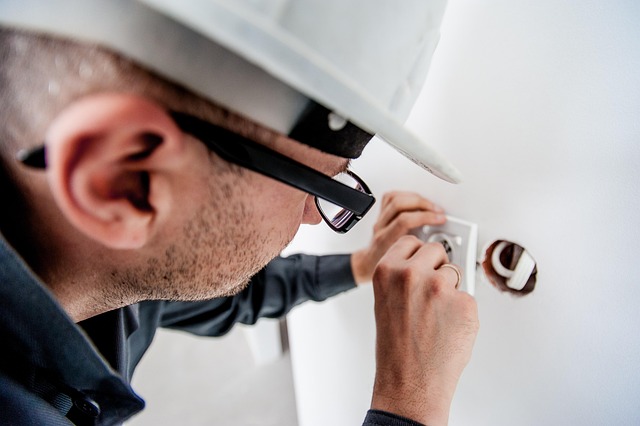
Integrating diagnostic data into accident repair estimates is a critical step in ensuring accuracy and minimizing errors. Modern diagnostics tools provide detailed insights into a vehicle’s systems, helping auto bodywork experts identify issues that might not be immediately apparent during visual inspections. By leveraging this data, repair shops can generate more precise estimates for customers, saving time and resources on unnecessary repairs.
This process involves analyzing sensor readings, computer-aided diagnostic (CAD) reports, and other electronic data captured by advanced scanning tools. For instance, in the case of car scratch repair, diagnostics can help determine the extent of the damage, the types of materials required, and the labor involved. Accurate integration ensures that auto repair services are priced fairly, enhancing customer satisfaction while promoting ethical practices within the industry.
Diagnostics play a pivotal role in finalizing accurate and reliable accident repair estimates. By thoroughly understanding and implementing the processes discussed, repair shops can streamline their operations, reduce errors, and enhance customer satisfaction. Integrating diagnostic data into estimates ensures that all damage is identified and accounted for, leading to more efficient and cost-effective repairs. This meticulous approach not only benefits businesses but also guarantees that vehicles return to the road in optimal condition, enhancing safety and peace of mind for drivers.


